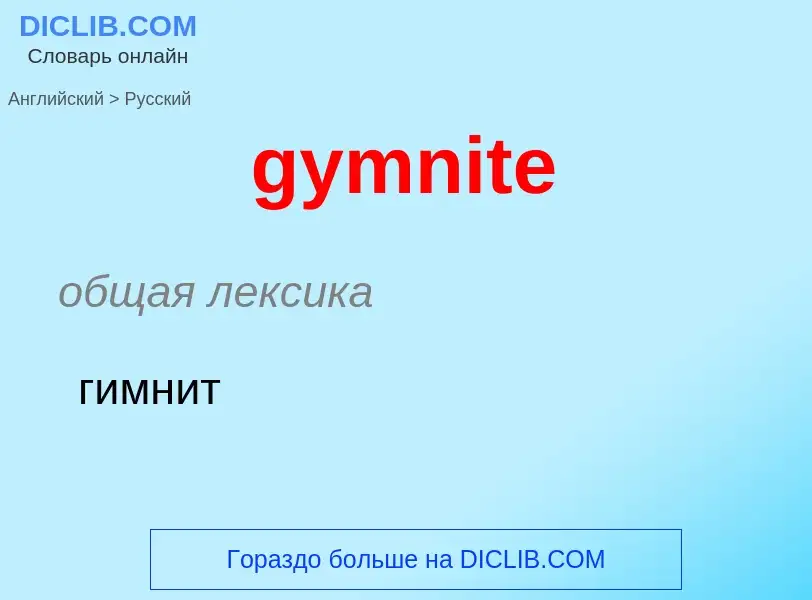Translation and analysis of words by ChatGPT artificial intelligence
On this page you can get a detailed analysis of a word or phrase, produced by the best artificial intelligence technology to date:
- how the word is used
- frequency of use
- it is used more often in oral or written speech
- word translation options
- usage examples (several phrases with translation)
- etymology
gymnite - translation to russian
общая лексика
гимнит
Wikipedia

Serpentine subgroup (part of the kaolinite-serpentine group in the category of phyllosilicates) are greenish, brownish, or spotted minerals commonly found in serpentinite. They are used as a source of magnesium and asbestos, and as decorative stone. The name comes from the greenish colour and smooth or scaly appearance from the Latin serpentinus, meaning "serpent rock".
Serpentine subgroup is a set of common rock-forming hydrous magnesium iron phyllosilicate ((Mg,Fe)
3Si
2O
5(OH)
4) minerals, resulting from the metamorphism of the minerals that are contained in mafic to ultramafic rocks. They may contain minor amounts of other elements including chromium, manganese, cobalt or nickel. In mineralogy and gemology, serpentine may refer to any of the 20 varieties belonging to the serpentine subgroup. Owing to admixture, these varieties are not always easy to individualize, and distinctions are not usually made. There are three important mineral polymorphs of serpentine: antigorite, lizardite and chrysotile.
Serpentine minerals are polymorphous, meaning that they have the same chemical formulae, but the atoms are arranged into different structures, or crystal lattices. Chrysotile, which has a fibrous habit, is one polymorph of serpentine and is one of the more important asbestos minerals. Other polymorphs in the serpentine subgroup may have a platy habit. Antigorite and lizardite are the polymorphs with platy habit.
Many types of serpentine have been used for jewelry and hardstone carving, sometimes under the name "false jade" or "Teton jade".


.jpg?width=200)
![[[Budai]] carved from serpentine, height 8 cm (3 in) [[Budai]] carved from serpentine, height 8 cm (3 in)](https://commons.wikimedia.org/wiki/Special:FilePath/Budai in serpentine, height 8 cm arp.jpg?width=200)



 (16755884589).jpg?width=200)
 7.jpg?width=200)



-317326.jpg?width=200)

-346846.jpg?width=200)

![Necklace and earring set made from semiprecious stones. The spherical green beads are Russian serpentine. Also used are [[jasper]] (red) and [[fluorite]] (blue). Necklace and earring set made from semiprecious stones. The spherical green beads are Russian serpentine. Also used are [[jasper]] (red) and [[fluorite]] (blue).](https://commons.wikimedia.org/wiki/Special:FilePath/Jasper earrings and necklace.jpg?width=200)
